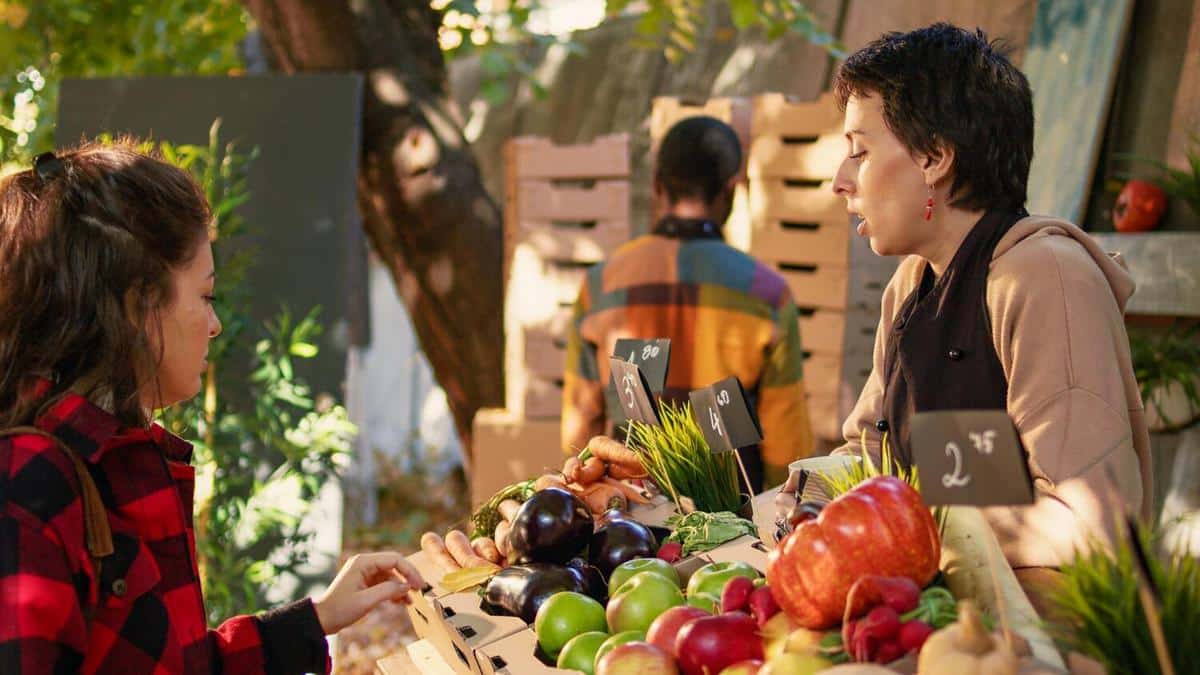
The Role of Local and Seasonal Produce in Sustainable Eating
Exploring the bounty of local and seasonal produce is not just a culinary journey, but also a significant step towards sustainable eating. By understanding the impact of our food choices and embracing locally grown, in-season fruits and vegetables, we can contribute to a healthier planet and a more vibrant community.
The Importance of Local and Seasonal Produce
Local and seasonal produce plays a crucial role in sustainable eating. By choosing to eat foods that are grown close to home and harvested at their peak, we reduce the carbon footprint associated with long-distance transportation and support local economies. According to a study by the Food and Agriculture Organization, transportation accounts for a significant portion of the food sector’s greenhouse gas emissions. Reducing this can have a positive environmental impact.
Expert Insights
Dr. Emily Green, a sustainability expert, notes that “eating locally and seasonally not only supports local farmers but also ensures that we consume produce when it’s naturally at its best in terms of flavor and nutritional value.” This echoes the sentiments of many in the field who advocate for a more localized food system.
Statistics and Research
Research suggests that food miles—how far food travels from farm to plate—can significantly impact the environment. A report from the Environmental Working Group highlights that imported produce can travel over 1,500 miles, whereas local produce often travels less than 100 miles. This stark contrast underscores the environmental benefits of choosing local options.
Personal Experiences
Consider the experience of Tom, a home cook who transformed his eating habits by visiting local farmers’ markets. He found that not only did his meals taste fresher, but he also felt a stronger connection to his community by engaging with local farmers and producers.
Actionable Tips
- Visit local farmers’ markets to discover fresh, in-season produce.
- Plan meals around seasonal charts to ensure you’re buying what’s best for the current time of year.
- Consider joining a Community Supported Agriculture (CSA) group to receive regular boxes of local produce.
Benefits of Eating Seasonal Produce
| Benefit | Local Produce | Imported Produce |
|---|---|---|
| Carbon Footprint | Low | High |
| Nutritional Value | High | Varies |
| Support for Local Farmers | Strong | Weak |
| Freshness | Peak | Variable |
| Cost | Often lower | Higher due to transport |
| Flavor | Enhanced | May be compromised |
| Community Connection | Enhanced | Minimal |
| Variety | Seasonal | Year-round |
Pro Tip: Start with one meal a week that focuses solely on local and seasonal produce to gradually incorporate this change into your lifestyle.
FAQ
How can I find out what produce is in season?
Check local farmers’ markets or online resources like seasonal produce charts for your region.
Is local produce more expensive?
Not necessarily. While some specialty items might be pricier, many local fruits and vegetables are often more affordable due to reduced shipping costs.
What are the benefits of joining a CSA?
CSAs provide fresh, local produce directly from farmers, often at a lower cost than buying retail, and help strengthen community ties.
How does eating seasonally impact health?
Eating seasonally usually means consuming produce at its peak nutrient content, which can offer better health benefits.
Conclusion
Embracing local and seasonal produce is a powerful step towards sustainable eating. It not only benefits the environment but also enriches our communities and enhances our culinary experiences. By making mindful choices about what we eat and where it comes from, we can all contribute to a more sustainable future. So, next time you’re planning your meals, consider what’s in season and available locally. Your taste buds and the planet will thank you.


